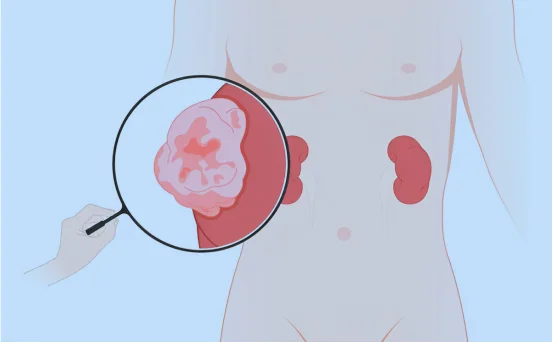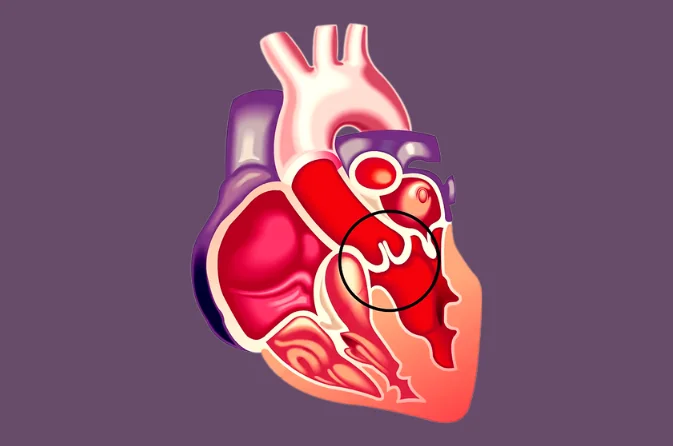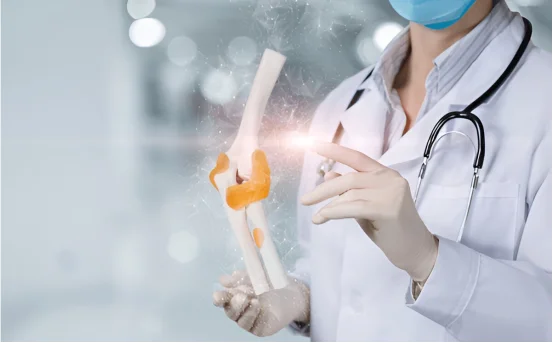Along with the kidneys, the urinary tract plays an important role in the overall wellness and health of the human body. Any obstruction in the system could lead to serious issues. One of these issues is ureteropelvic junction (UPJ) obstruction which disrupts the flow of urine from the kidney to the bladder. In such cases, it is common to suggest a surgical intervention called Pyeloplasty Surgery.
Pyeloplasty surgery are exacting surgeries to fix the UPJ stenosis. It is carried out to relieve the narrowing or blockage at the junction of the renal pelvis and the ureter where urine outflow occurs. This is done to improve urine outflow, reduce discomfort, and protect the remaining renal tissues from further damage.
The surgery is effective in treating both adults and children. With the increase in the use of robotic and laparoscopic methods of surgery, pyeloplasty is now much less invasive, provides faster recoveries, and has better long-term outcomes.
Consequences of Untreated UPJ Obstruction and Why Pyeloplasty Surgery is Needed
If left untreated, UPJ obstruction can cause progressive damage to the kidney, increase risk of repeat urinary tract infections (UTIs), and lead to chronic pain. In extreme situations, it may lead to complete kidney failure. Thus, pyeloplasty is not just surgery for correction. It is a preventive procedure that can save lives in potential.
Key Reasons for Selecting Pyeloplasty Surgery Include
- Persistent and debilitating flank ache alleviation.
- Stopping hydronephrosis.
- Prevent recurrence of infections.
- Maintaining functionality of the kidney.
- Enhanced overall wellbeing.
For many, pyeloplasty offers a permanent solution for recurring and progressive issues.
Symptoms That May Indicate a Need For Pyeloplasty Surgery
Surgical intervention is required when there is blockage of the kidney junction obstruction. Understanding UPJ obstruction signs is important, as well as diagnosing primary causes that could lead to symptoms.
Common Symptoms of UPJ Obstruction:
- On one side flank or back pain that is ongoing and persistent
- Abdominal ache
- UTIs that are recurrent
- Episodes of nausea and vomiting
- Presence of blood in urine
- Kidney swelling as seen on images
- Extreme tiredness linked with kidney impairment
- In young children, poor appetite or growth, irritability, and urinary issues.
These symptoms are often common with other diseases, making it important to obtain the proper diagnosis.
Reasons for Having Pyeloplasty Surgery
UPJ obstruction could either be congenital or acquired later. What is crucial here is the reason for the issue, since this will dictate what treatment is best.
Primary Reasons Include:
Congenital Obstruction
Due to constriction of the UPJ or due to abnormal blood vessels compressing the ureter, most infants and children tend to have this condition.
Scar Tissue or Fibrosis
Can result from previous trauma, surgeries, or infections.
Kidney Stones
Stones that are big in size, or multiple stones, can lead to inflammation or blockage at the junction.
Tumors or Abnormal Growths
These are rare but abnormal growths can compress the urinary pathway.
Crossing Blood Vessels
In some cases, a blood vessel will cross over the ureter which can cause obstruction and compression.
Assessment for Pyeloplasty Surgery
Diagnosis is first and foremost the most crucial step towards effective treatment, which is why it is essential to do perform accurate diagnosis. To gauge the level of obstruction and evaluate how well the kidneys function, a physical examination alongside some imaging tests of the patient’s kidneys is usually performed.
Renal Ultrasound
This was specifically designed in order to detect hydronephrosis and asses the size of the kidneys.
CT Urogram / Intravenous Pyelogram (IVP)
Creates detailed pictures of the urinary tract to provide more detail.
Diuretic Renal Scan (MAG3 or DTPA)
Helps in evaluation of the kidneys and calculation of the rate of urine drained.
MRI Urography
Gives a visual representation of the urinary system through a less invasive approach.
Urinalysis and Blood Tests
Assessed for infection, renal function, and other possible health concerns.
Early detection significantly improves prognosis after surgery and long-term conservation of the kidney.
Treatment for Pyeloplasty Surgery
UPJ obstruction diagnosis is best treated with pyeloplasty—open, laparoscopic, or robotic-assisted. Selection of surgical mode relies on patient’s age, the reason for obstruction, and the surgeon’s experience.
Types of Pyeloplasty Procedures:
Open Pyeloplasty
Still practiced for complex cases. These patients are best treated with larger incisions.
Laparoscopic Pyeloplasty
This approach is faster and gentler with small cuts and camera. Patients experience faster recovery, less pain, and leave with minimal scars.
Robotic-Assisted Pyeloplasty
Uses robotic arms to perform advanced laparoscopic procedures. Very effective for children and adults.
Surgical Steps Typically Include:
- Removal of the narrowed segment of the ureter
- Reconnecting healthy ureter to renal pelvis
- Insertion of temporary stent for drainage
Post-Surgery Recovery:
- Stay in the hospital for 1-3 days (based on surgery)
- Removal of stent in 4-6 weeks
- For those with minimally invasive surgery, normal activities within 2-3 weeks recovery.
Consistent routine imaging and follow-up appointments aid assessment of healing and kidney function.
Conclusion
Definitely. Pyeloplasty surgery can greatly reduce the risk of complications from ureteropelvic junction (UPJ) obstructions. The benefits of this surgery include an improved quality of life, preventing further kidney damage, and restoring normal urinary flow.
Pyeloplasty performed on children with congenital obstructions or adults with kidney pain and infections is a one step solution to the problem. Most patients have a smooth recovery and experience little discomfort which adds to the excellent surgical outcomes.
If you or someone you know has the UPJ obstruction diagnosis or displays related symptoms, it’s best to see a urologist for a pyeloplasty consult. Timely intervention makes preserving kidney health much easier.























